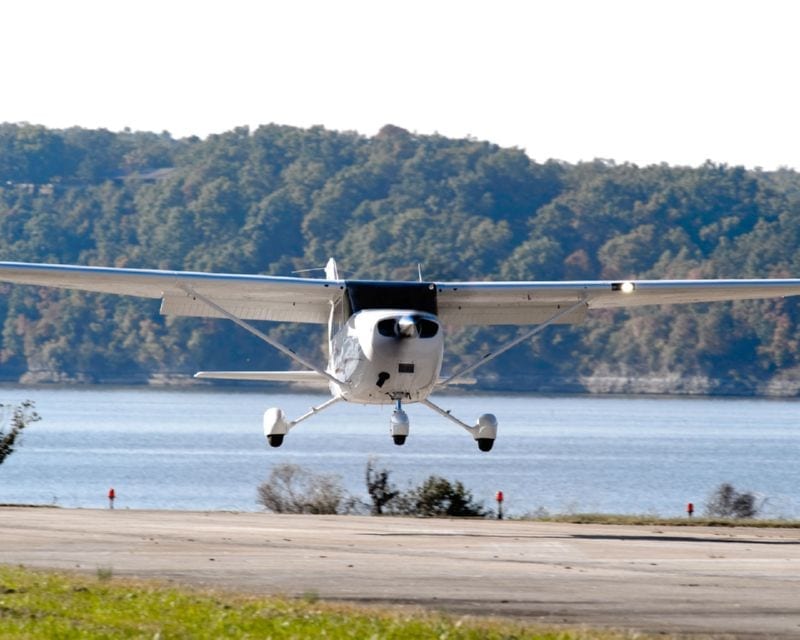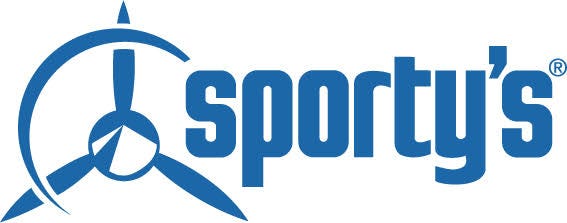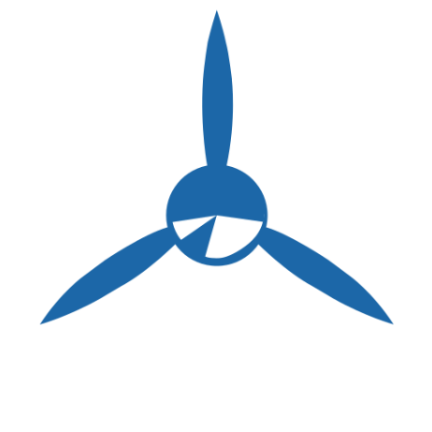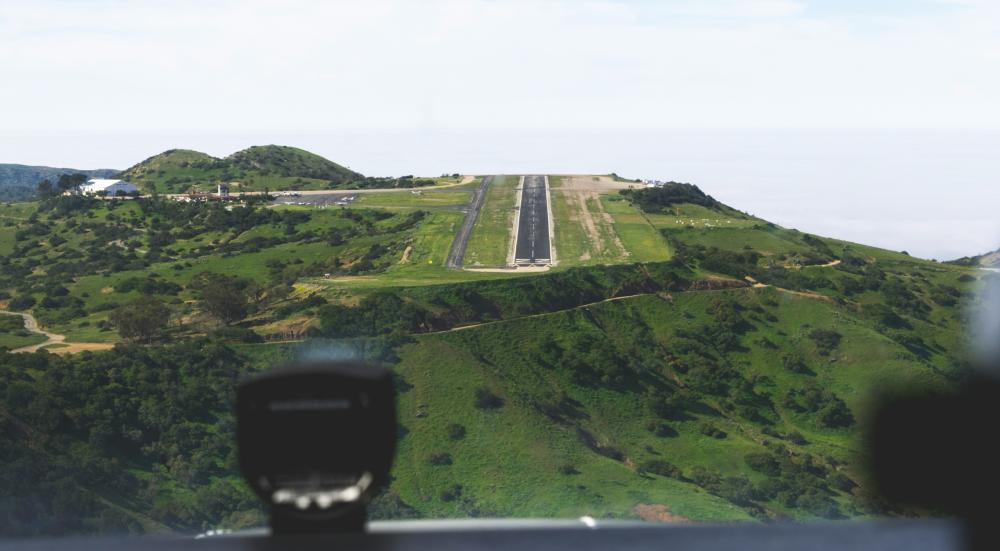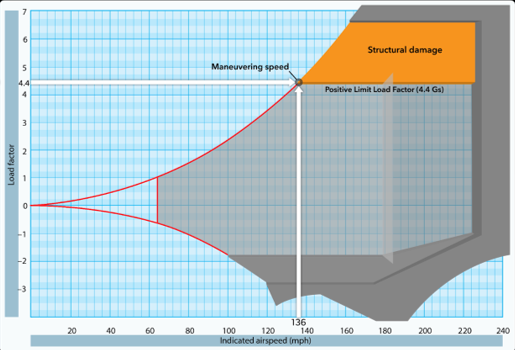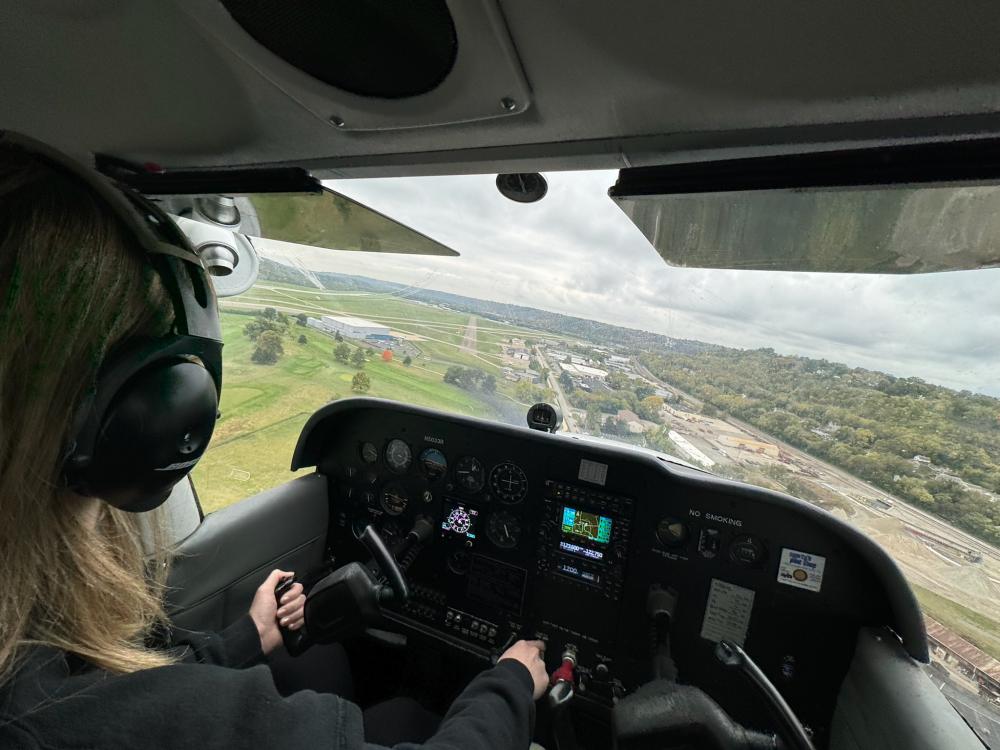When we talk about flight controls, most pilots immediately think of the yoke or stick and rudder pedals—the primary flight controls. These directly control the airplane’s pitch, bank, and yaw via the elevator, ailerons, and rudder. But there’s a second set of controls that play a crucial supporting role: the secondary flight controls.
Secondary flight controls help fine-tune the aircraft's performance and handling. The most common examples are flaps and trim systems. Flaps, typically mounted on the trailing edge of the wings, increase lift and drag, allowing for steeper, slower approaches—especially helpful during landing. Trim systems, such as elevator or rudder trim, reduce the pilot’s workload by helping maintain a desired attitude without constant control pressure.
More advanced aircraft may also feature spoilers, speed brakes, or slats, which are also considered secondary controls. While these aren’t used on every flight, knowing when and how to use them is a key part of safe and efficient flying.
CFI tip: Many students treat trim like an afterthought, but properly trimmed flight can significantly reduce fatigue and improve precision. Make a habit of trimming every time you change pitch or power—it’s one of the easiest ways to fly like a pro.
